I have adapted the code in Comparing FFT of Function to Analytical FT Solution in Matlab for this question. I am trying to do FFTs and comparing the result with analytical expressions in the Wikipedia tables.
My code is:
a = 1.223;
fs = 1e5; %sampling frequency
dt = 1/fs;
t = 0:dt:30-dt; %time vector
L = length(t); % no. sample points
t = t - 0.5*max(t); %center around t=0
y = ; % original function in time
Y = dt*fftshift(abs(fft(y))); %numerical soln
freq = (-L/2:L/2-1)*fs/L; %freq vector
w = 2*pi*freq; % angular freq
F = ; %analytical solution
figure; subplot(1,2,1); hold on
plot(w,real(Y),'.')
plot(w,real(F),'-')
xlabel('Frequency, w')
title('real')
legend('numerical','analytic')
xlim([-5,5])
subplot(1,2,2); hold on;
plot(w,imag(Y),'.')
plot(w,imag(F),'-')
xlabel('Frequency, w')
title('imag')
legend('numerical','analytic')
xlim([-5,5])
If I study the Gaussian function and let
y = exp(-a*t.^2); % original function in time
F = exp(-w.^2/(4*a))*sqrt(pi/a); %analytical solution
in the above code, looks like there is good agreement when the real and imaginary parts of the function are plotted:
But if I study a decaying exponential multiplied with a Heaviside function:
H = @(x)1*(x>0); % Heaviside function
y = exp(-a*t).*H(t);
F = 1./(a+1j*w); %analytical solution
then
Why is there a discrepancy? I suspect it's related to the line Y = but I'm not sure why or how.
Edit: I changed the ifftshift to fftshift in Y = dt*fftshift(abs(fft(y)));. Then I also removed the abs. The second graph now looks like:
What is the mathematical reason behind the 'mirrored' graph and how can I remove it?


